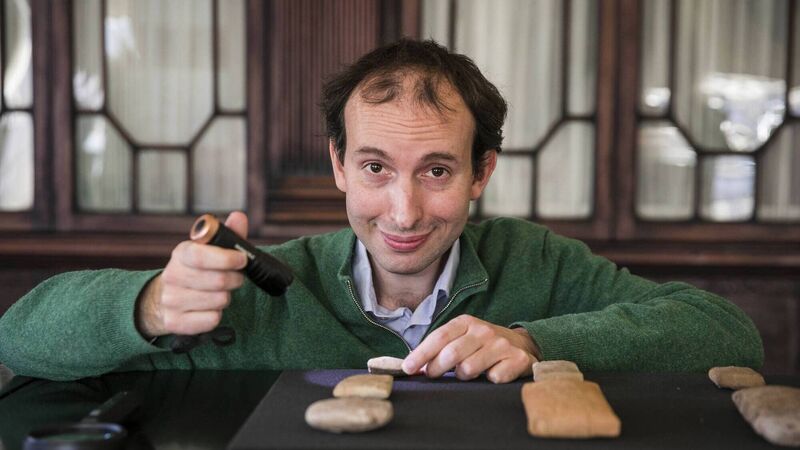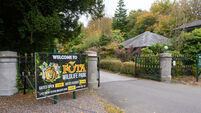What a Marvel: How Trinity expert brought 'Eternals' script to life

Dr Martin Worthington of Trinity College provided Babylonian translations for Marvel Studios’ ‘Eternals’. Picture: Chris Bellew / Fennell Photography 2021
The latest Marvel superhero blockbuster to hit the screens already had a distinctly Irish feel in its cast, but the newly-released also had an Irish influence in an altogether different sphere: the translation of ancient languages.
The first major film to feature characters speaking Babylonian, a language that died out more than 2,000 years ago, needed an expert to provide written translations and audio recordings the actors could use for their performance.










